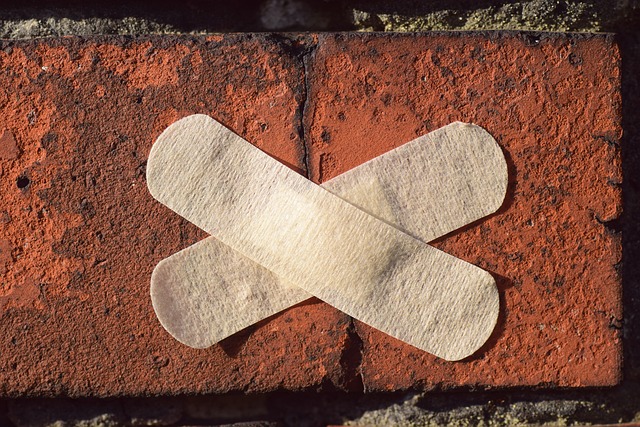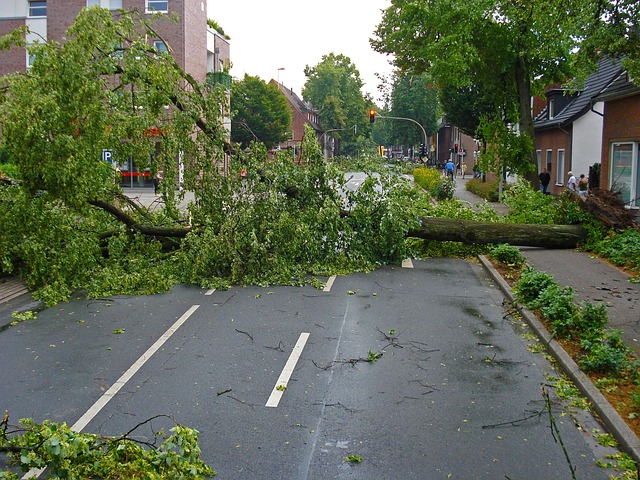Boynton Beach’s Fast & Affordable Water Damage Solution: Free Assessment & Quick Drying
Are you a Boynton Beach resident facing water damage? Don’t panic; we offer the best solution! Our e…….
Introduction
Water damage assessment in Boynton Beach, Florida, is a critical process that ensures the safety, integrity, and functionality of structures after water-related incidents. This comprehensive article delves into the intricacies of assessing water damage within this coastal city, which faces unique challenges due to its geographical location, climate, and urban development. We will explore the significance of conducting thorough water damage assessments, the impact on local and global scales, and the role of technology and policy in shaping this vital practice. Readers will gain a deeper understanding of how Boynton Beach handles water damage assessment, the economic implications, and the lessons learned from past assessments that can inform future strategies.
Understanding Boynton Beach Water Damage Assessment
Water damage assessment in Boynton Beach involves several key components: categorization of the water damage (Category 1, 2, or 3), the classification of the extent of contamination (Class 1 through 4), and a systematic approach to restoring affected properties. This process is critical for preventing further damage, mitigating health risks, and ensuring structural safety. The historical context of Boynton Beach’s water damage assessment practices is rooted in addressing issues like hurricanes, flooding, and leaking pipes, which are prevalent in the region. It fits within the broader landscape of disaster response and infrastructure maintenance, playing a pivotal role in community resilience and property preservation.
Global Impact and Trends
The impact of water damage assessment extends beyond Boynton Beach to global scales. Communities worldwide are grappling with the effects of climate change, which often manifests as extreme weather events leading to water damage. The trends shaping this trajectory include increased awareness of the importance of rapid response and efficient restoration techniques, advancements in water detection technology, and stricter regulations aimed at minimizing environmental impact. Different regions are affected in various ways; for instance, coastal cities face saltwater intrusion challenges, while others deal with frozen pipe bursts or heavy rains.
Economic Considerations
Economically, water damage assessment is a significant factor in the real estate market and insurance industries. In Boynton Beach, this assessment influences property values and insurance premiums. Market dynamics often reflect the risk level associated with a property’s susceptibility to water damage. Investment patterns can be swayed by the perceived resilience of buildings against such damages. On a broader scale, “Boynton Beach Water Damage Assessment” contributes to economic systems by driving demand for specialized labor and technology, thus stimulating job growth and innovation.
Technological Advancements
Technological advancements have revolutionized the way water damage assessment is conducted in Boynton Beach. Innovations such as advanced moisture detection devices, thermal imaging cameras, and non-invasive testing equipment enable more precise and efficient assessments. These technologies help identify hidden damages that could compromise structural integrity or pose health risks. Future potential includes the integration of artificial intelligence and machine learning to predict vulnerabilities and automate response protocols, further enhancing the efficiency and effectiveness of water damage assessments.
Policy and Regulation
The policy and regulatory framework governing Boynton Beach’s water damage assessment is multifaceted. Federal, state, and local regulations set standards for building codes, environmental protection, and safety measures. These include the National Flood Insurance Program (NFIP) guidelines, which are crucial for properties in flood-prone areas. Policies also dictate the procedures for obtaining permits, conducting assessments, and ensuring compliance with environmental and health regulations. The influence of these frameworks on the development of water damage assessment practices is significant, guiding the industry towards more sustainable and responsible operations.
Challenges and Criticisms
Challenges in water damage assessment are multifaceted, ranging from logistical hurdles to criticisms regarding the effectiveness of current practices. Issues such as coordination between local authorities, insurance companies, and restoration services can lead to delays and inefficiencies. Criticisms often target the slow response times and the lack of standardization in assessment procedures. To address these challenges, stakeholders advocate for improved training for professionals, streamlined communication channels, and better data collection methods. Implementing these solutions can lead to more robust and responsive water damage assessment practices.
Case Studies
Several case studies highlight the successful application of Boynton Beach’s water damage assessment processes. One notable example is the response to Hurricane Irma, where a coordinated effort between local authorities, restoration companies, and insurance agencies minimized long-term damages. Another case study involves the use of innovative technology in detecting moisture intrusion in high-rise buildings, which prevented potential structural failures. These instances not only demonstrate the effectiveness of comprehensive water damage assessment but also provide valuable insights for future preparedness efforts.
Future Prospects
The outlook for Boynton Beach’s water damage assessment is one of continuous improvement and adaptation to emerging trends. Potential growth areas include the development of predictive analytics models to forecast water-related disasters and the enhancement of infrastructure resilience. Collaboration between various sectors will be key to informing future strategies, ensuring that communities are well-prepared for any water damage incidents. The lessons learned from past experiences will guide these efforts, fostering a proactive approach to safeguarding properties and public health.
Conclusion
In conclusion, the practice of water damage assessment in Boynton Beach is a complex, multidisciplinary endeavor that plays a vital role in community safety and economic stability. It encompasses a range of technical, regulatory, and economic considerations, all aimed at effectively addressing the challenges posed by water-related disasters. As the region continues to evolve and adapt to new threats and technologies, the importance of a robust water damage assessment framework will only grow. By learning from past experiences and embracing innovation, Boynton Beach can set an example for other communities worldwide in managing the risks associated with water damage.

Are you a Boynton Beach resident facing water damage? Don’t panic; we offer the best solution! Our e…….

Are you a Boynton Beach resident dealing with water damage? Don’t panic! Our top-rated water mitigat…….

Are you dealing with water damage in Boynton Beach? Don’t worry, we’ve got you covered! Our top-rate…….

Are you facing a sewage backup in your Boynton Beach home? Don’t worry—our fast and reliable clean…….

Are you tired of the worry and stress that comes with a leaky ceiling? In Boynton Beach, FL, water d…….

Are you a Boynton Beach resident facing water damage? Don’t let the stress and cost weigh you down……..

Are you a Boynton Beach resident facing water damage? The stress is real, but there’s good news! Our…….

Are you a Boynton Beach resident facing water damage? Don’t panic! Our top-rated water damage assess…….

Are you a Boynton Beach resident dealing with water damage? You don’t have to navigate this challeng…….

Are you a Boynton Beach resident facing water damage? Don’t stress! Our top-rated water cleanup expe…….